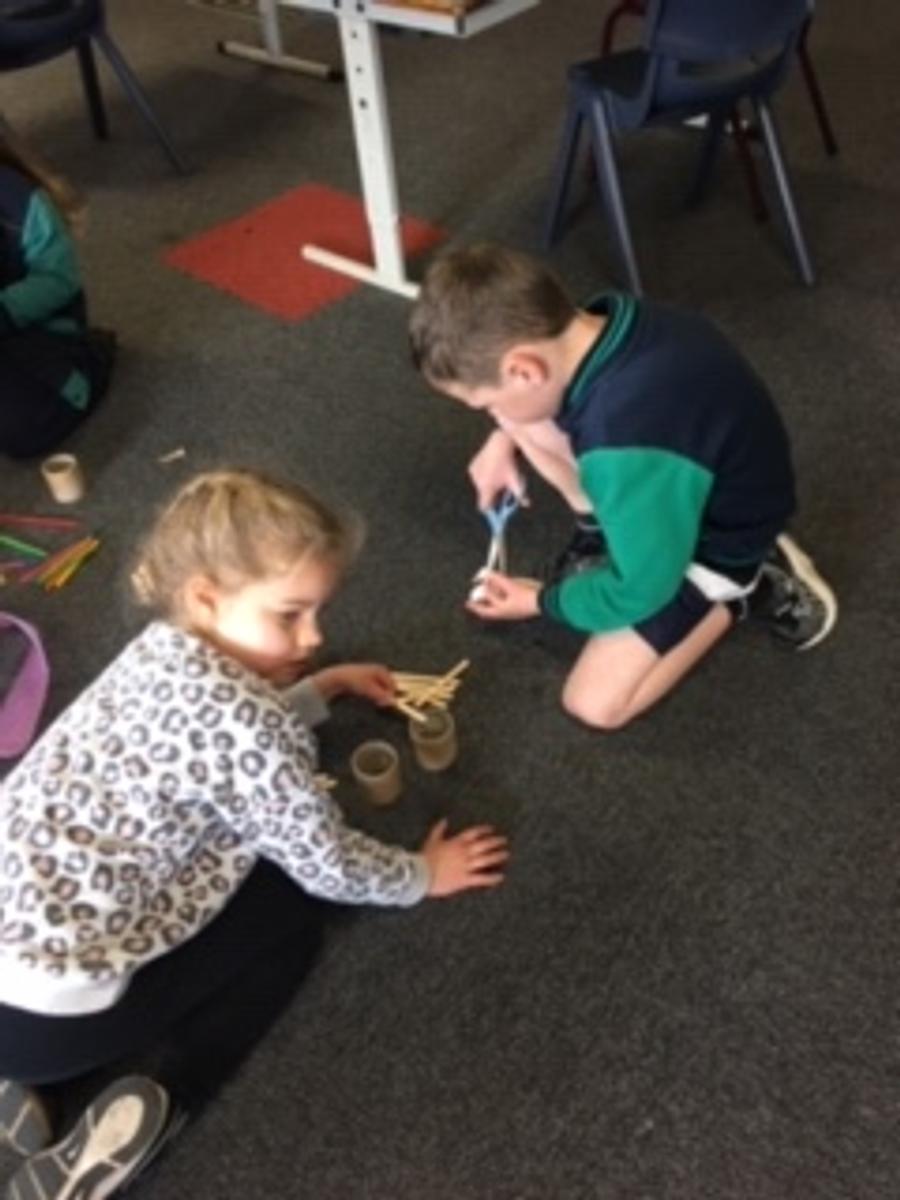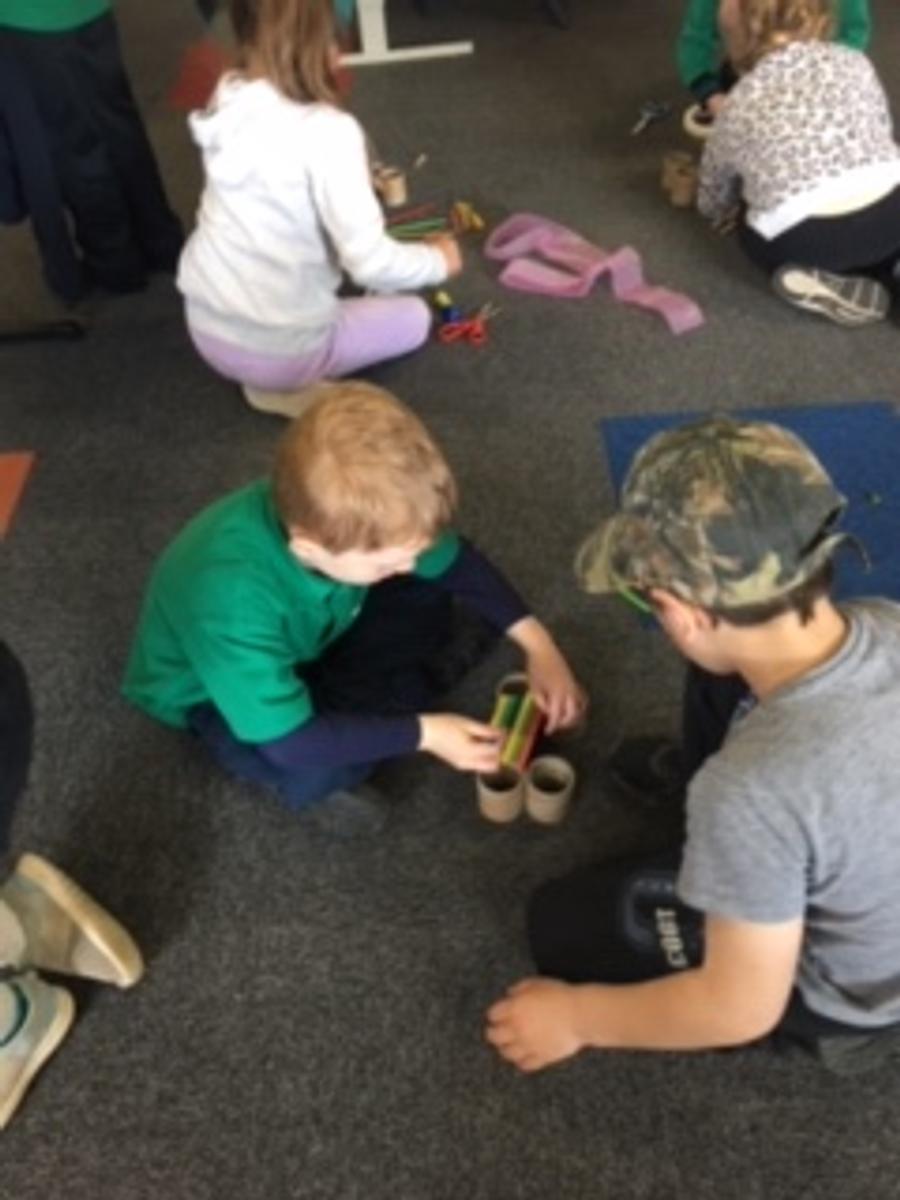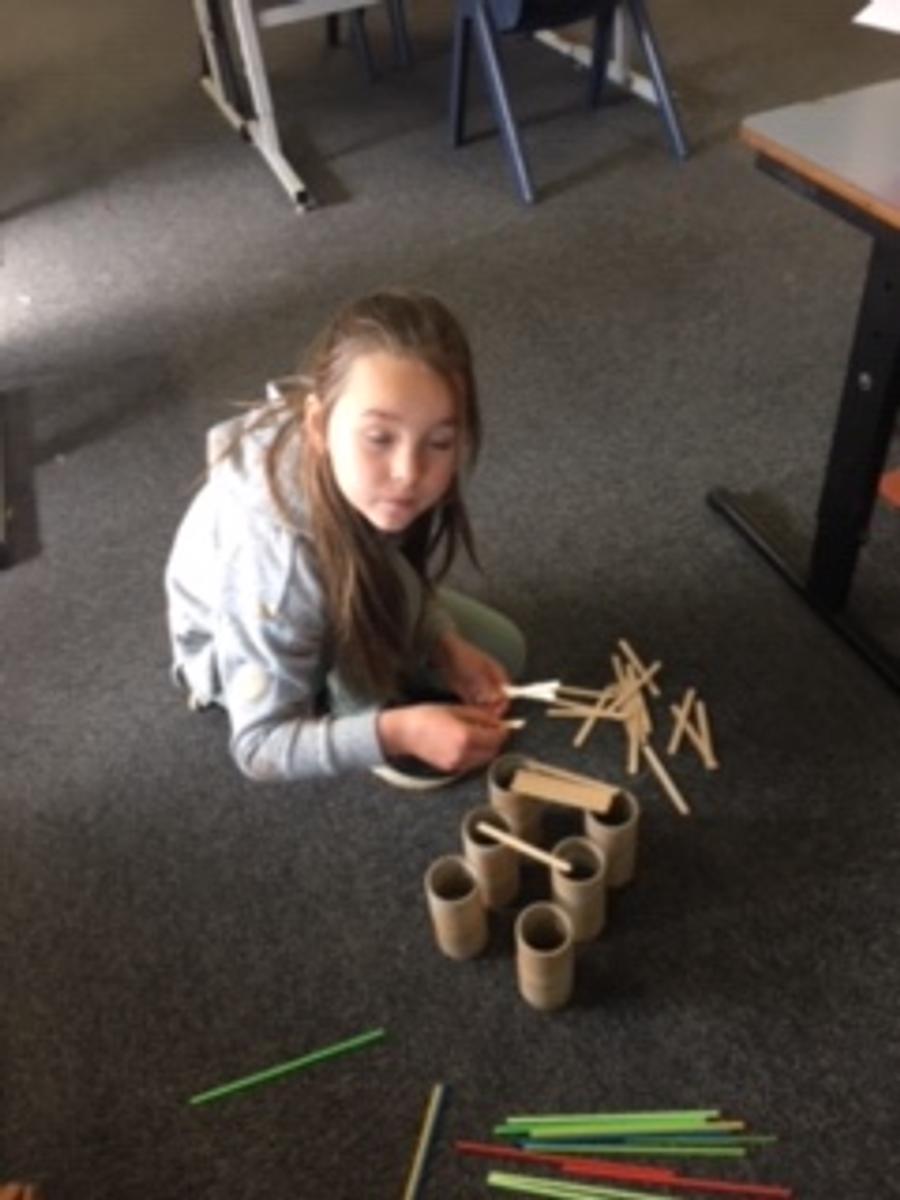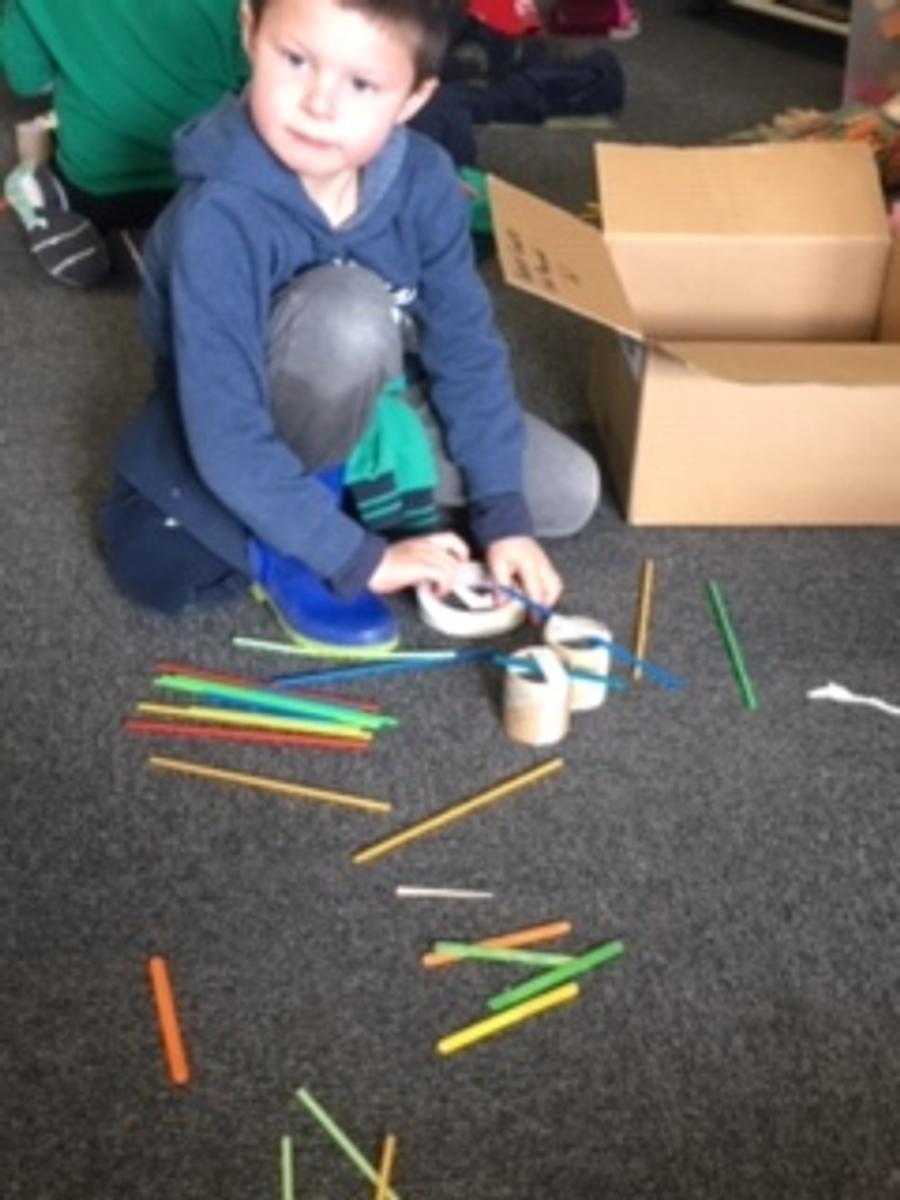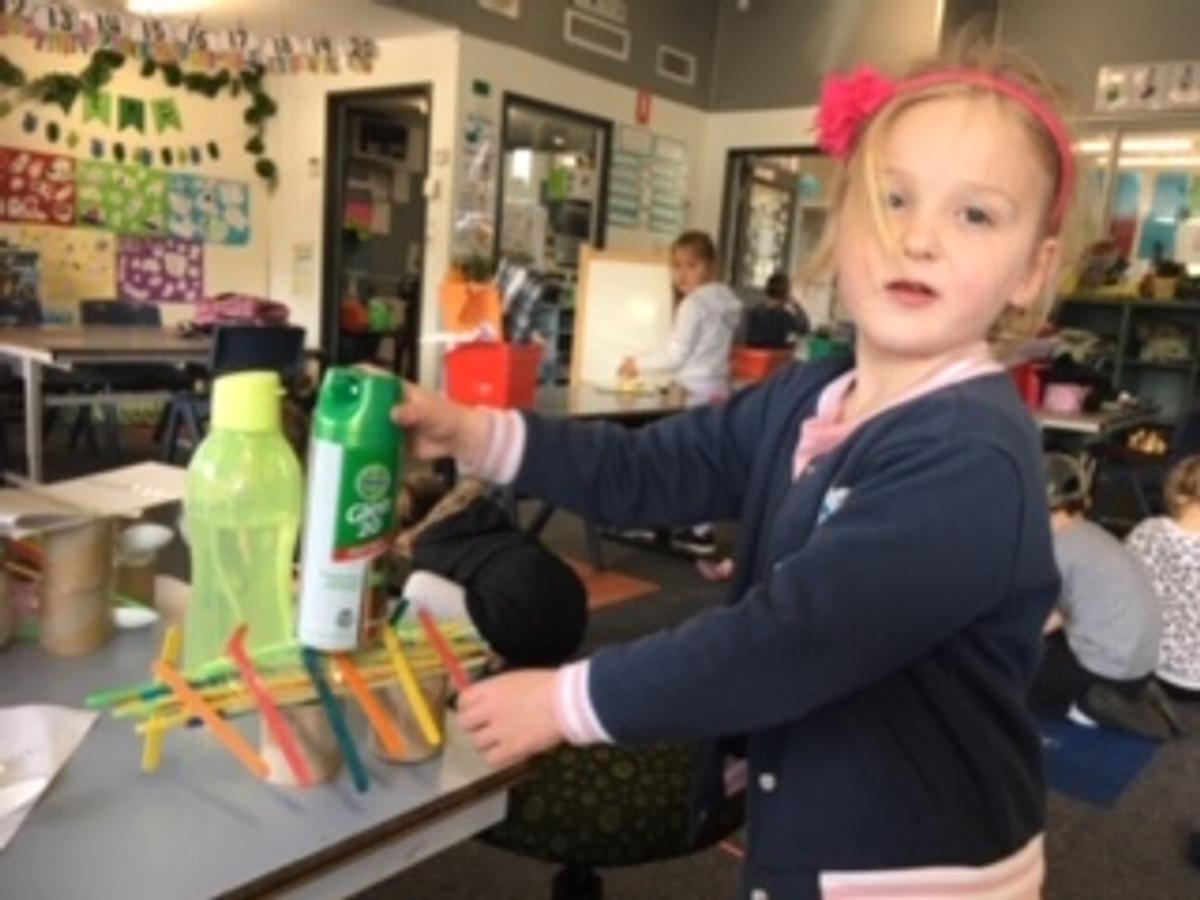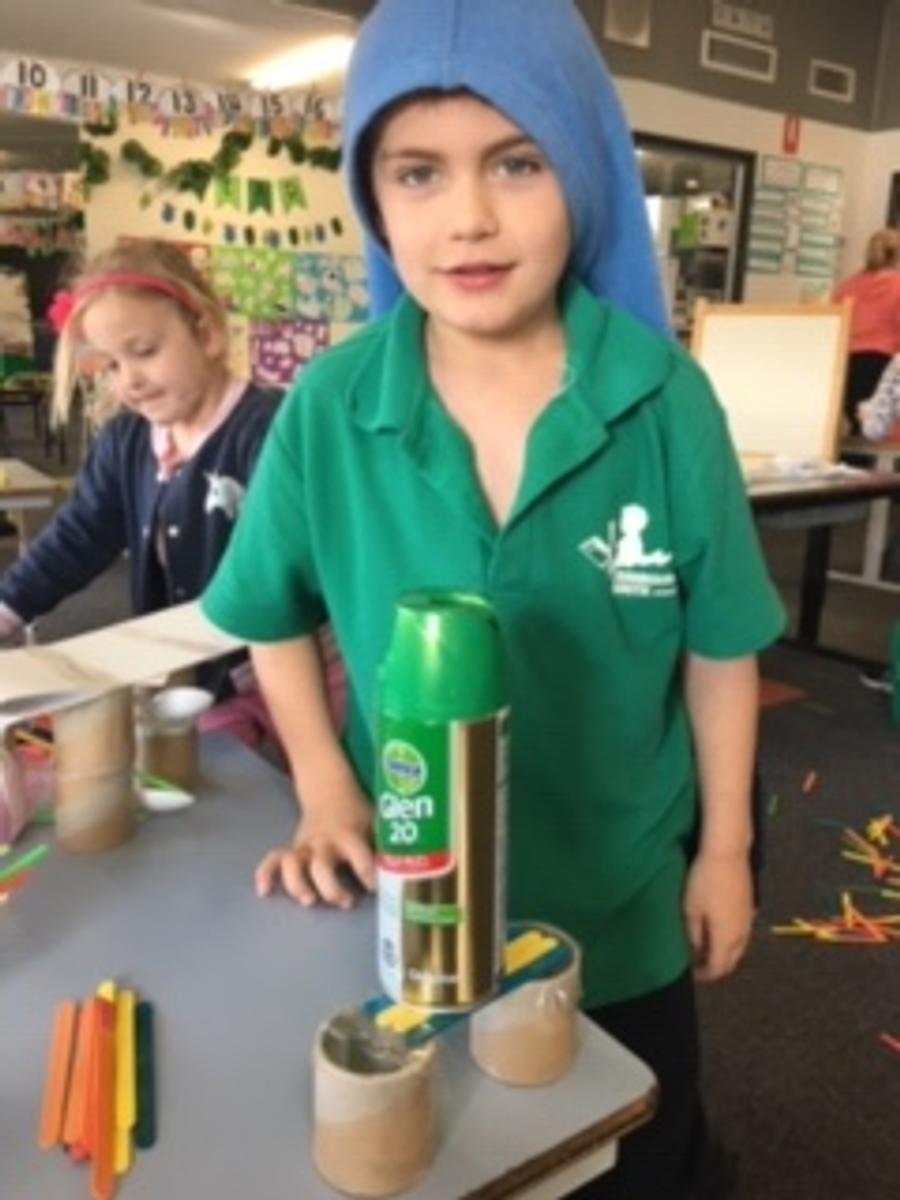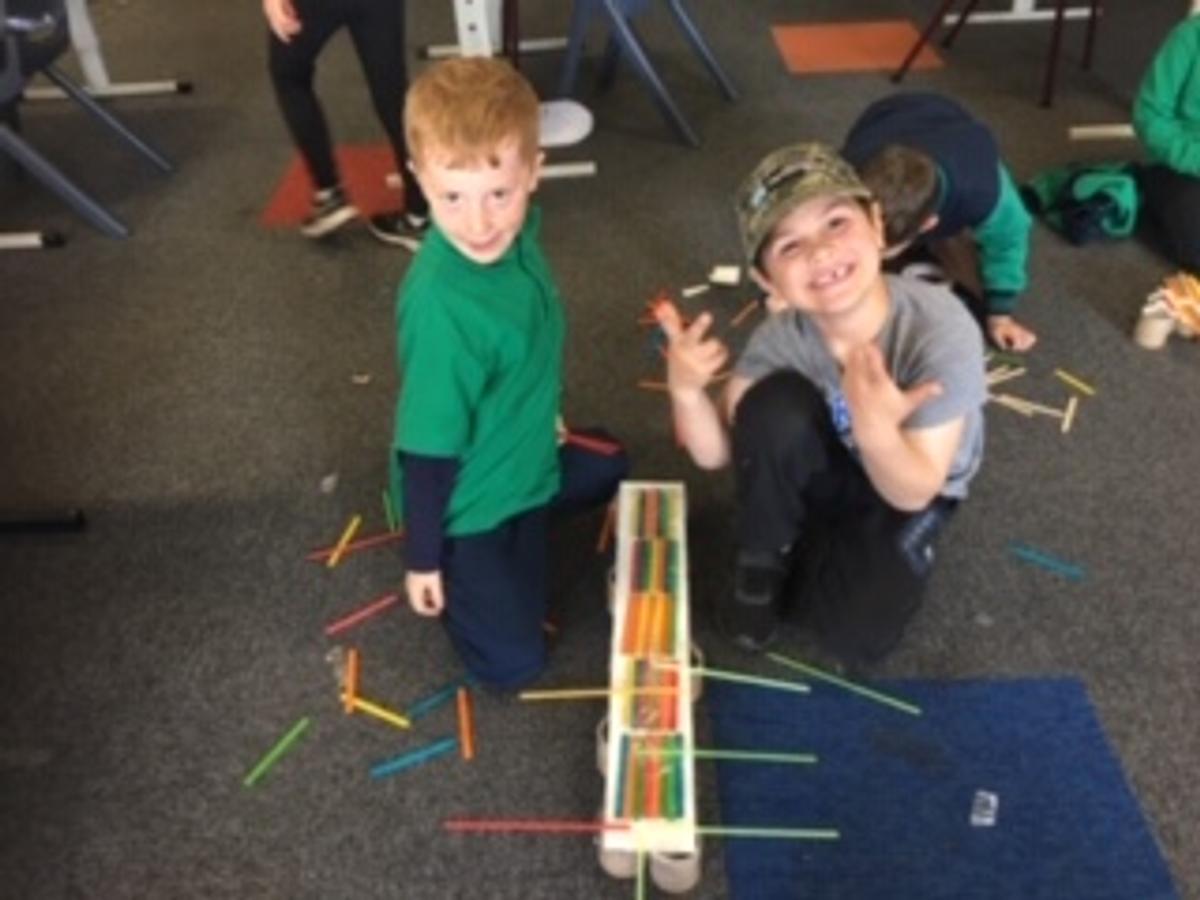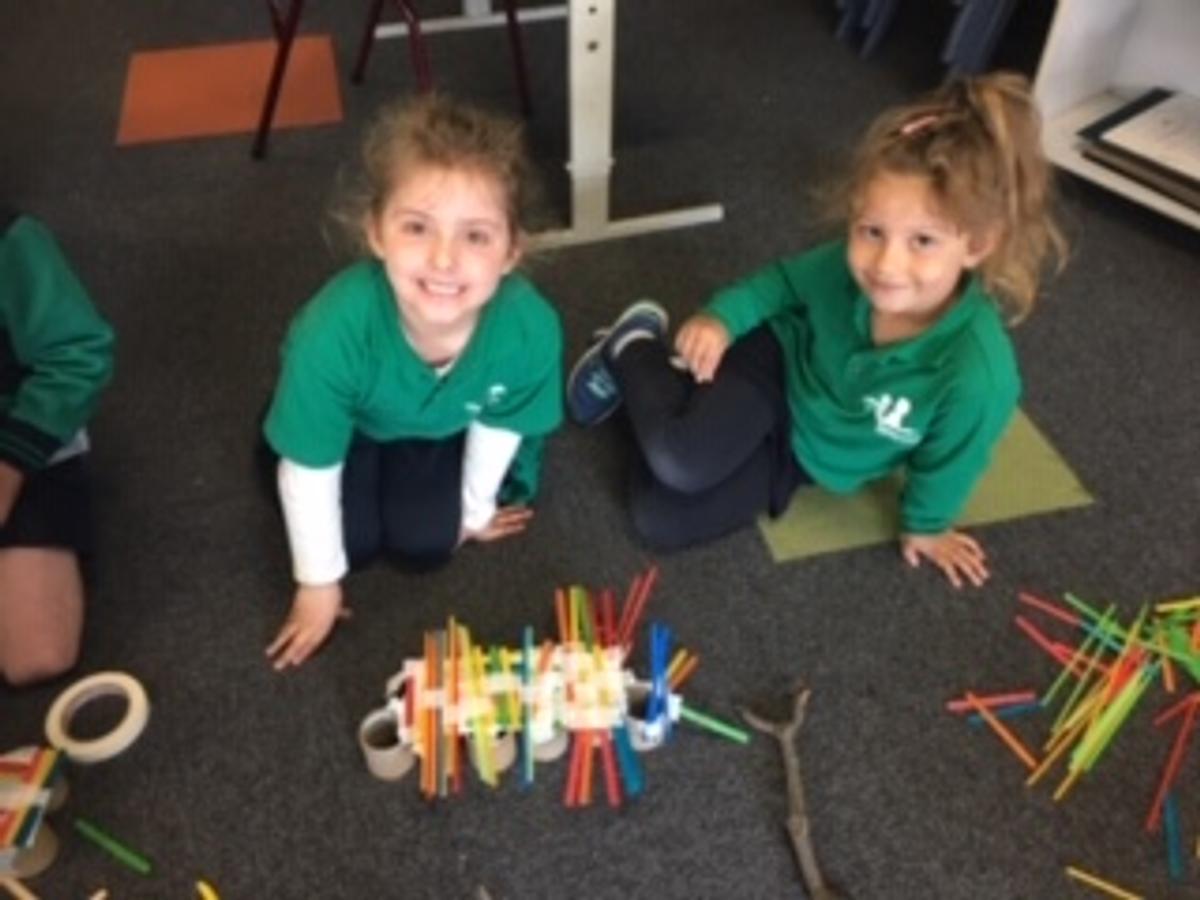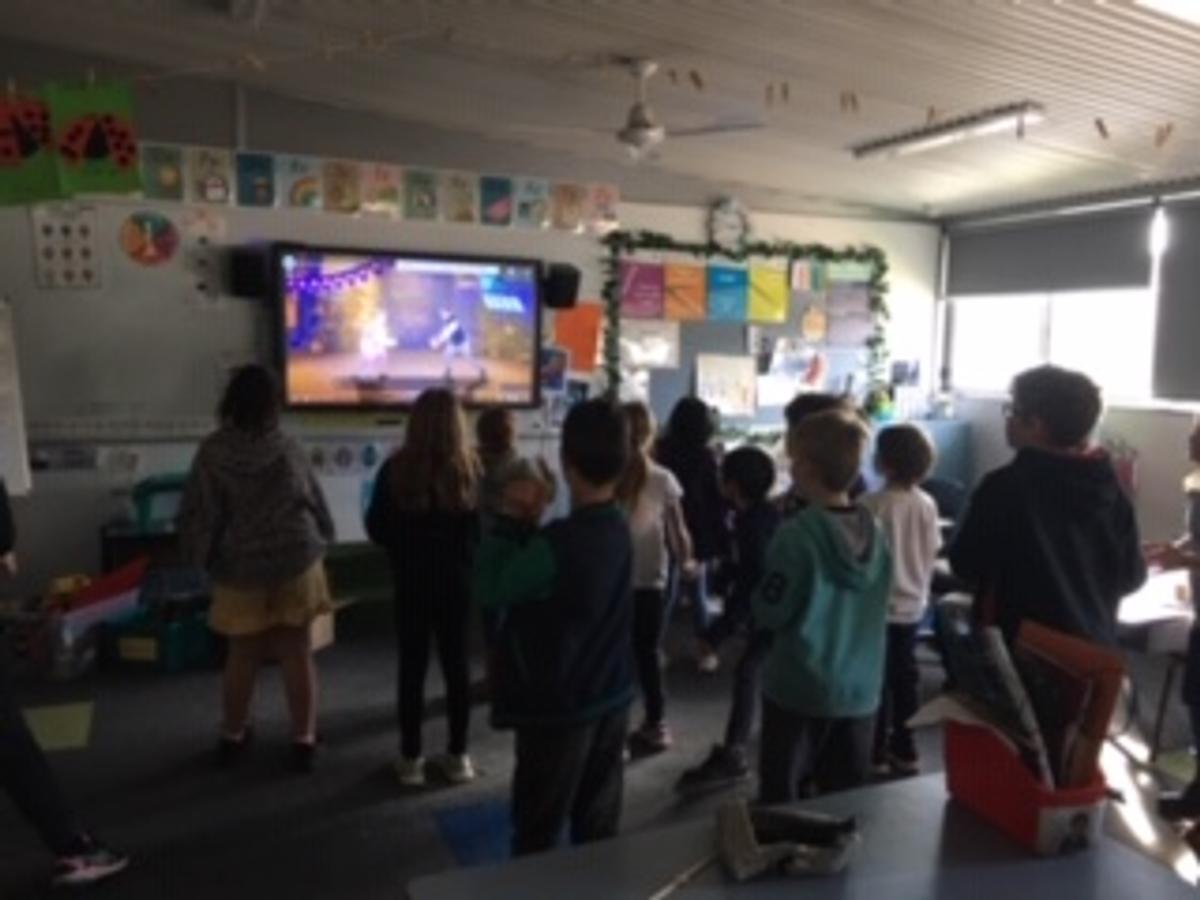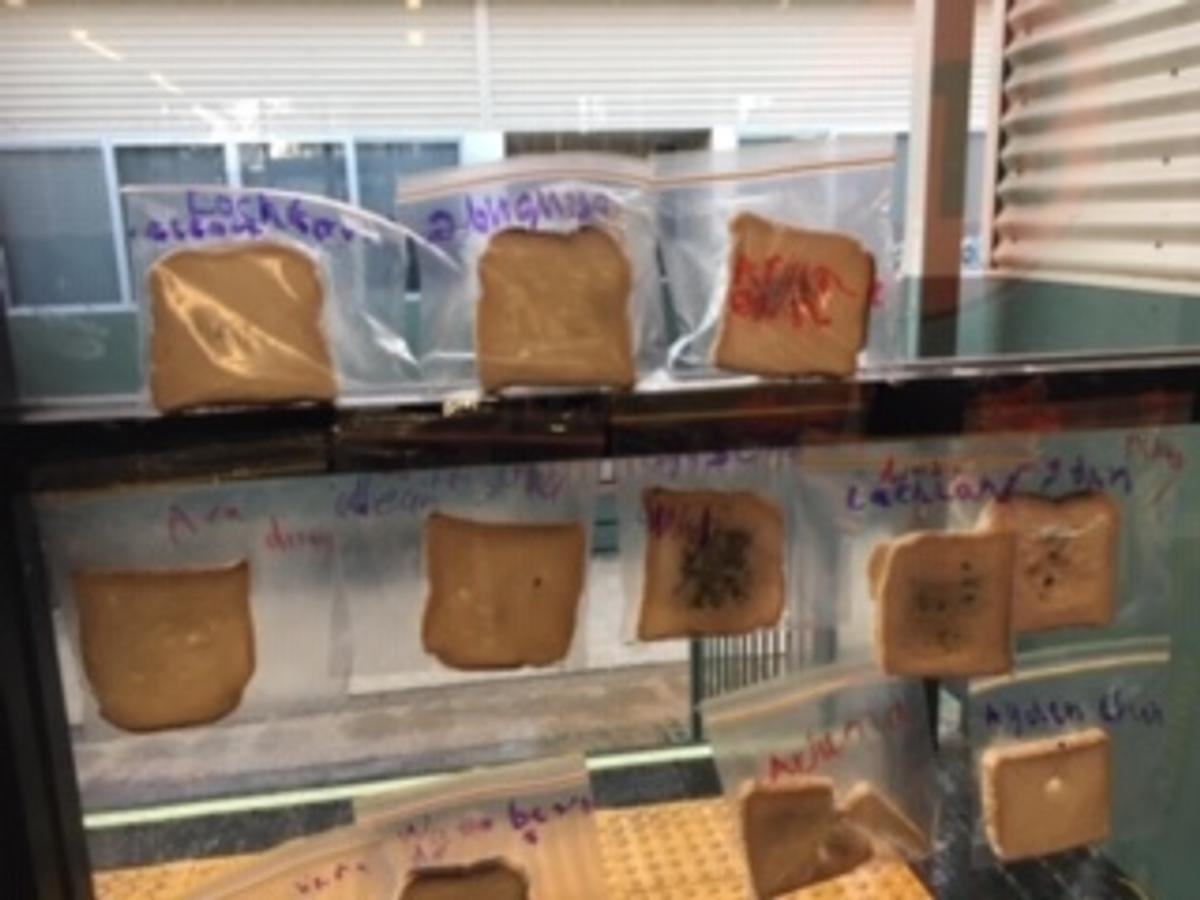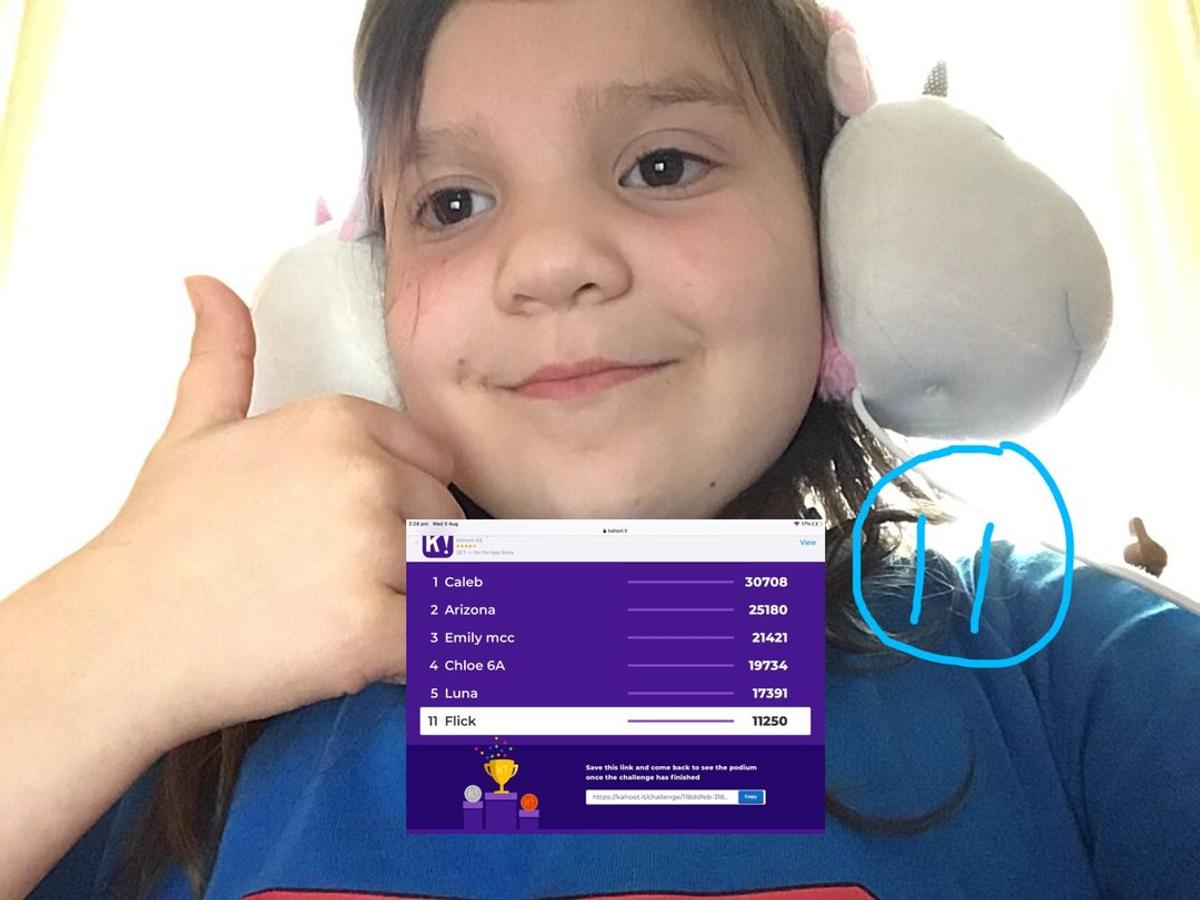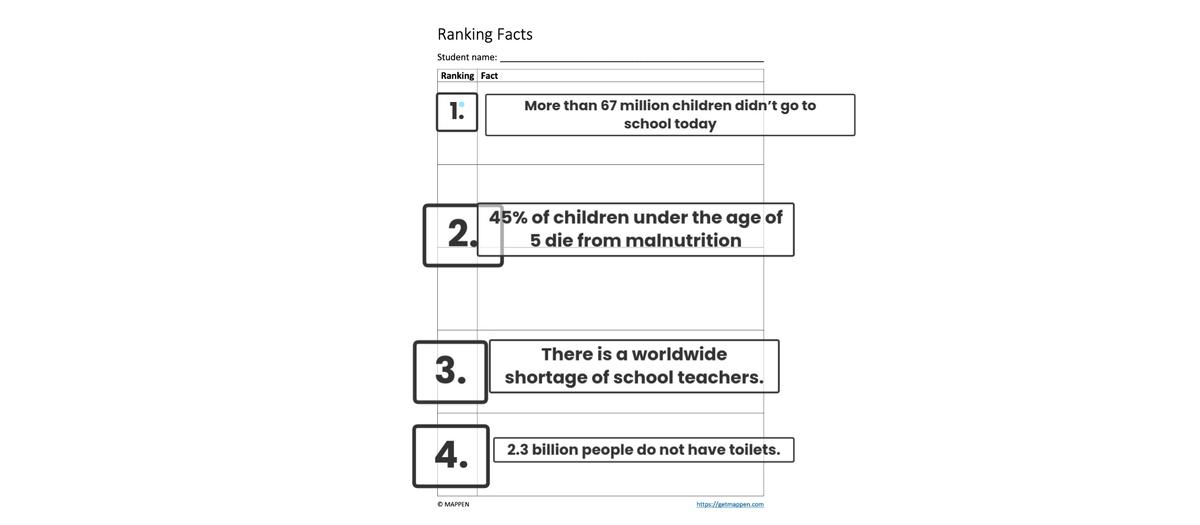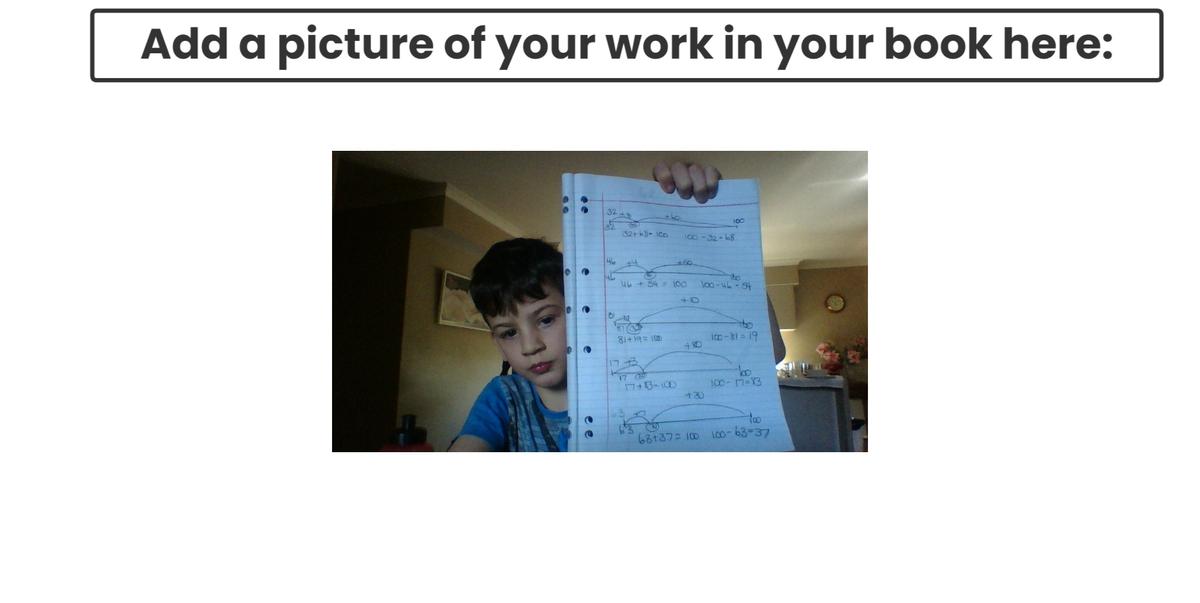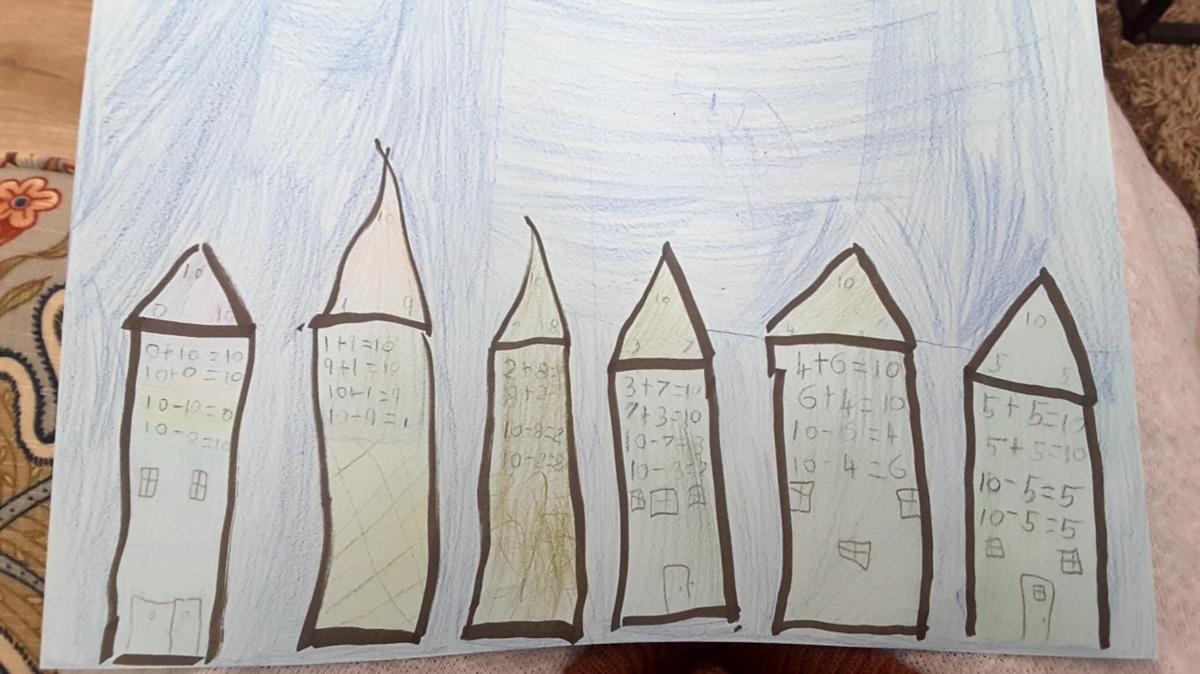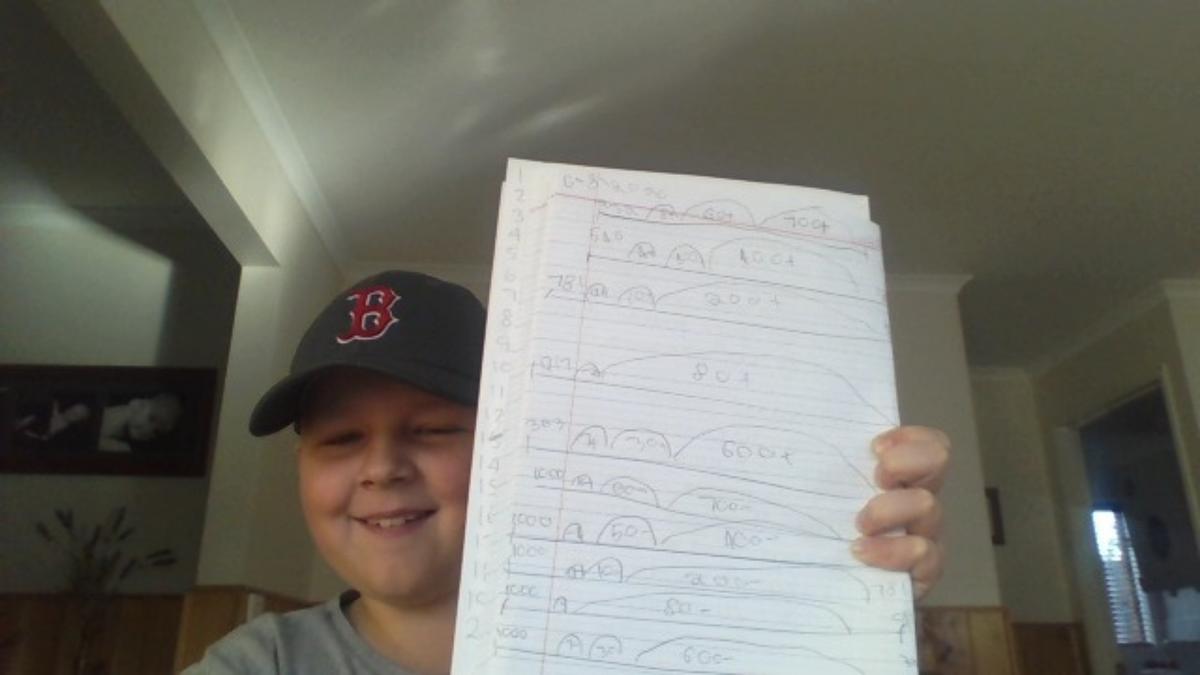Education News
Remote Learning from Home Week

Education News
Remote Learning from Home Week
We have received some questions from parents about how you can continue to keep your child safe online whilst remote learning. We have put together an easy to follow slideshow with tips and tricks. Any questions, please contact our ICT leader, Jesica Doolan.
Thanks to the families who have encouraged their students to complete the feedback form. The results have been interesting and will give data for the staff to consider as we move forward into Term 3 Remote Learning at home. Here is a sample of the results.


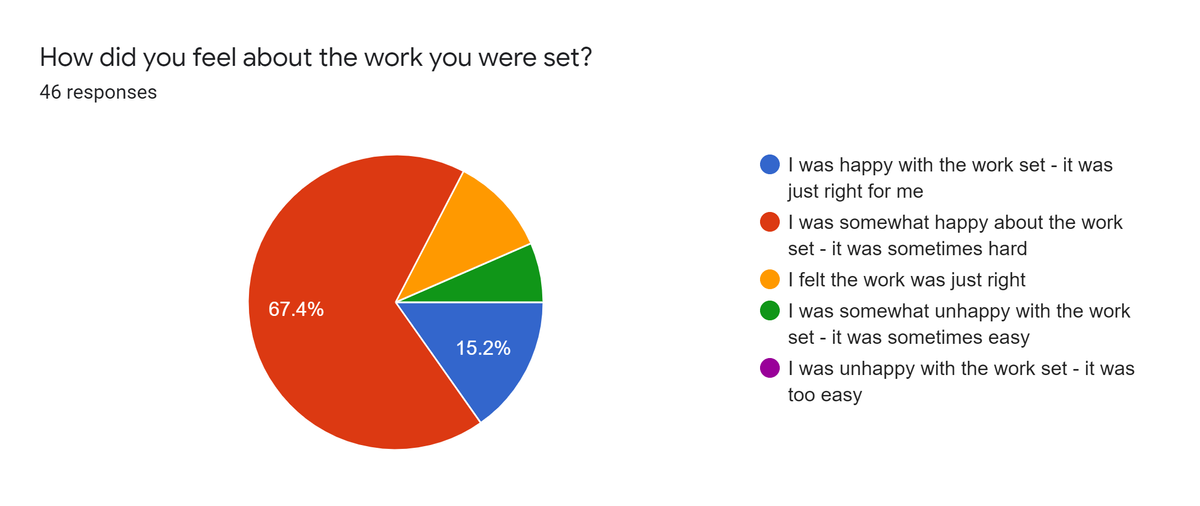

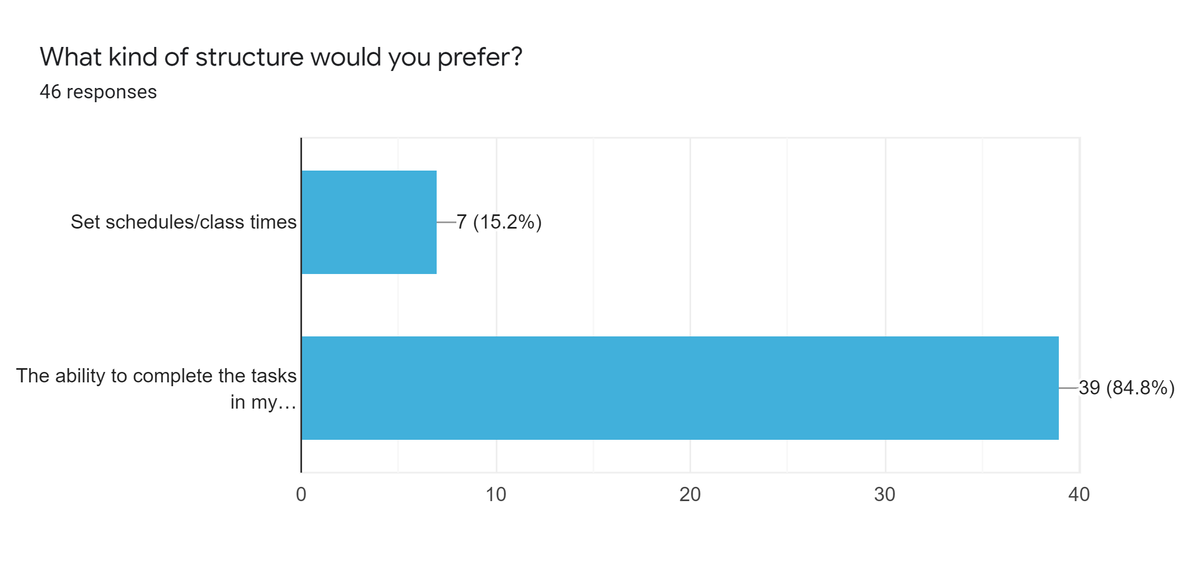

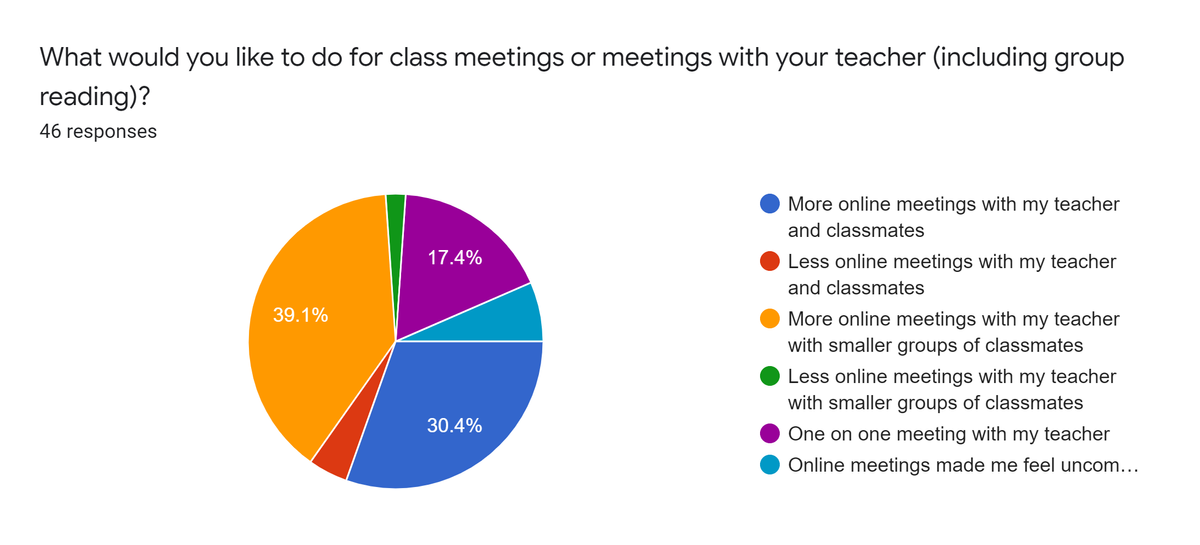

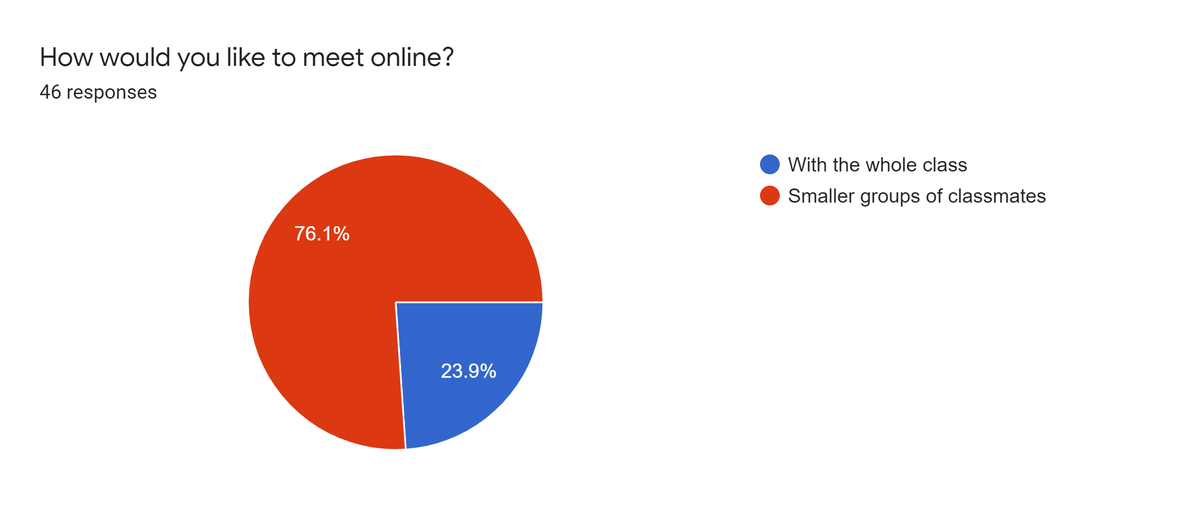

During remote learning, each subschool and/or class will be setting daily tasks via Seesaw. These tasks will be Literacy - Reading, Writing, Spelling, Grammar and Punctuation or Phonics; Numeracy - warmup or tasks and Guided Inquiry - Social Justice topics. Each week, students will be also set 'live' Google Meet sessions on a particular subject area with a focus. The assigned tasks are planned and presented according to the Victorian Curriculum and scope and sequence. If your child is having difficulty with any of the activities there are many ways to contact your classroom teacher.
Email directly -https://cranbournesouth.vic.edu.au/wp-content/uploads/2020/04/Staff-Email-Addresses-dated-100420.pdf
Via Seesaw or Compass or attend class meetings or drop in sessions across the week to ask questions about the assigned tasks.
Whilst it is optimal that students complete all assigned activities, we understand that some days this is not possible. Please be assured that teachers understand this. Cranbourne South students have access to a variety of online programs that may be preferable to complete some days. Please let your classroom teacher know that this is what your child will be doing for that day if necessary.
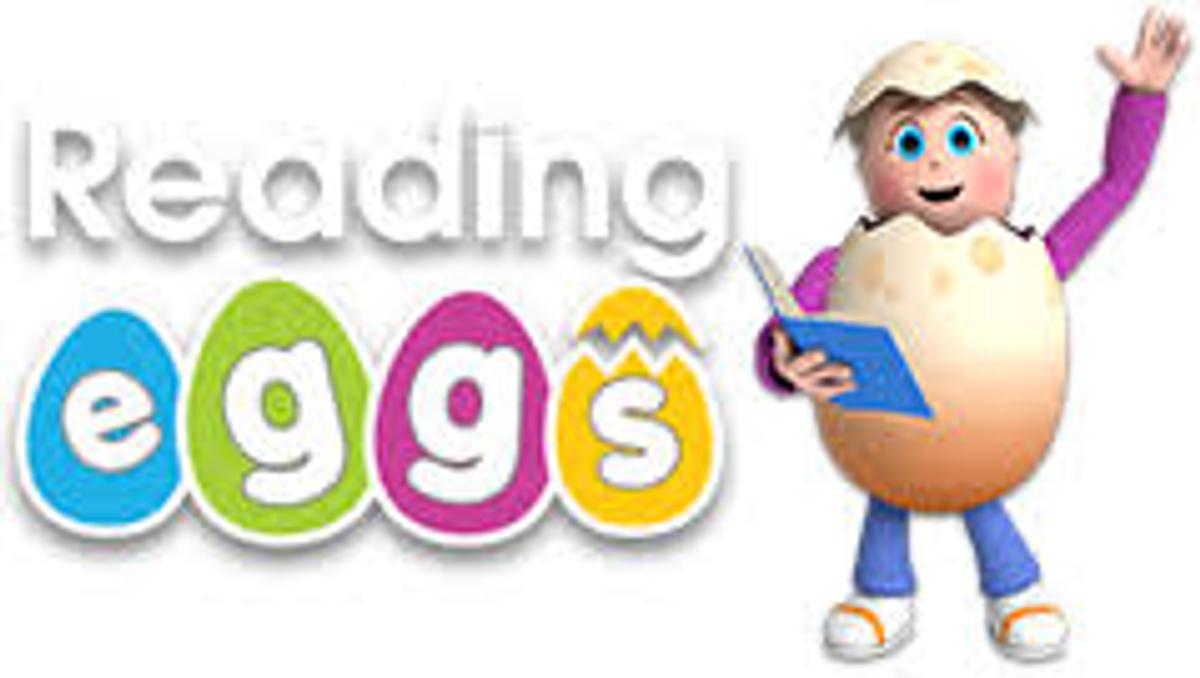

Reading Eggs and Reading Express has an assortment of activities including reading, comprehension, grammar and lessons.
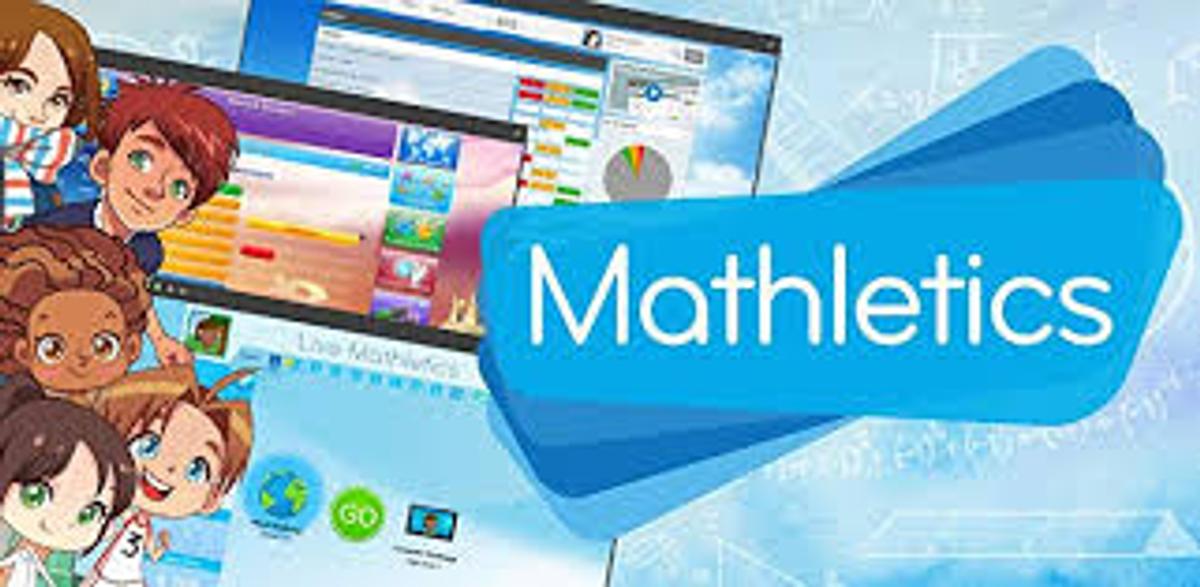

Mathletics - this program has games and activities covering all areas of the mathematics curriculum. There are also parent hints.


Soundwaves - this program has games to play, activities online and sheets that can be printed off. Check Seesaw for the focus sound of the week (Year 3-6).


Essential Assessments - whilst this program provides up to date assessment for teachers, it also has a variety of programs attached that students can complete activities. Sunset Maths is one of these.
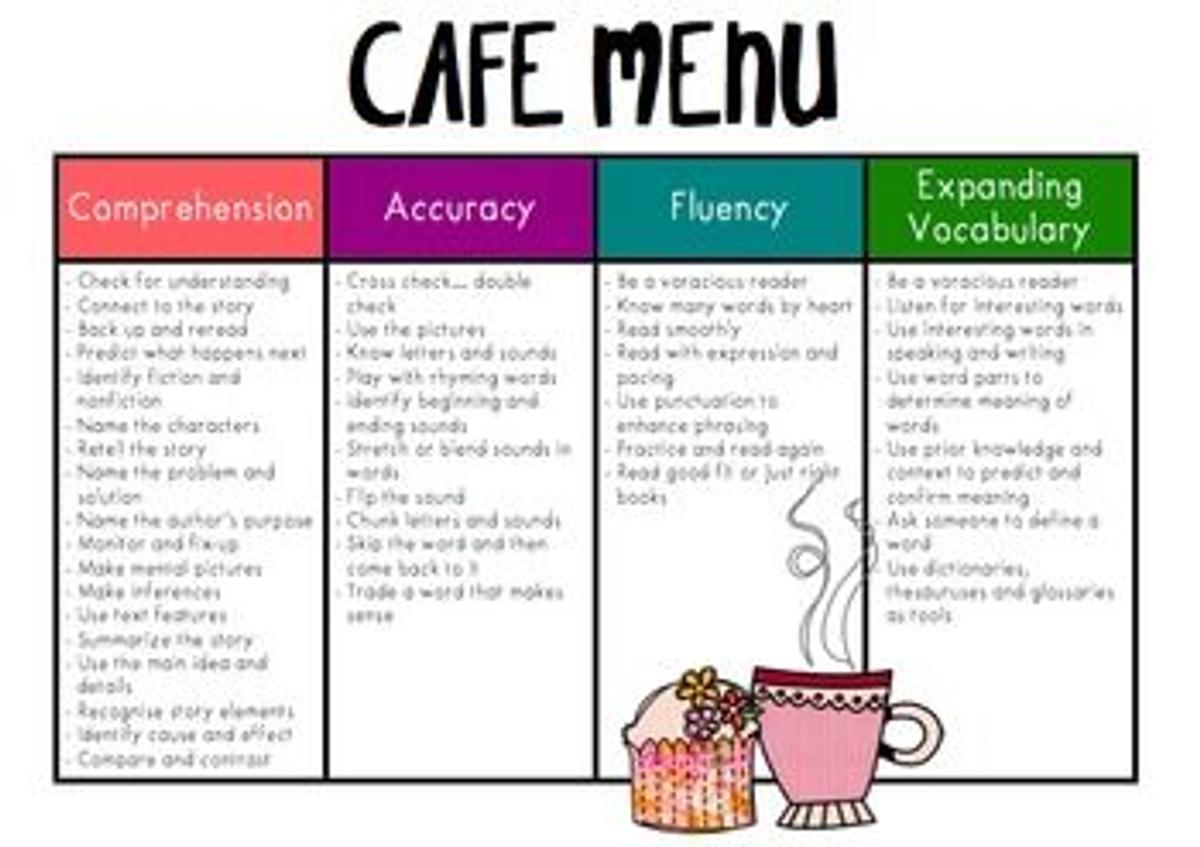

In the Middle and Senior schools, CSPS use the CAFE Reading program to work on reading whilst at school. Staff and students read daily and students work on their goals for reading. The goals are chosen from
Comprehension
Accuracy
Fluency
Extend Vocabulary
Reading is the most accessible and beneficial learning activity you can provide your child.
Whilst at home it is very important that students
*Read to Self - up to 30 minutes is expected.
*Listen to Reading - this can be an online book, a shared novel with a parent or siblings reading to each other
*Read to Someone - this could be their set book from school, a home novel or a Reading Eggs or Express book.
The Daily Cafe are offering free parent tips for CAFE reading. These videos are helpful for parents Year 3 - 6.
https://www.thedailycafe.com/content/reading-home-parents
Home reading is still an important part of the home-school partnership. The Junior School would like students to:
Read to Someone
The Junior School has sent home Reading Journals (paper copies). These are to be filled in each day. Decodable books are available for students to read and have been chosen for their suitability for each student's level.
Listen to reading
Listen to Reading provides fluency models that are valuable to all ages, but especially to students who are inexperienced readers, those whose listening comprehension exceeds their reading level, and those learning English.
Tips for listening to reading
Before you start the book:
After reading, you can ask questions about the text OR
Hint: If your child is experiencing difficulty with fluency - Try counting to 10 before you provide any feedback as they are reading. What strategies are they working on? Are they using the strategies? Are they using their phonic knowledge? What sound does that make?Can you try another way? Does that make sense? Can you read ahead to check?
